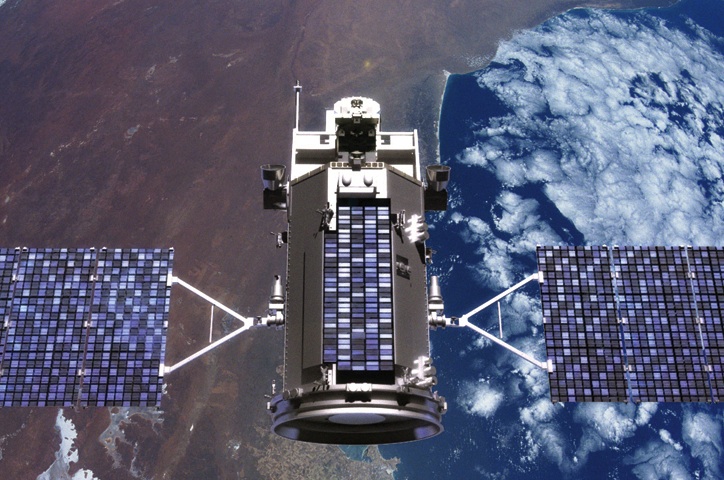
NASA continues its transformation this week from space exploration agency to Earth-monitoring organization with the launch of Glory, a satellite that will monitor aerosols (tiny airborne particles) released by tailpipes, smokestacks, volcanoes, forest fires, and even desert winds.
Aerosols can cause both cooling and warming of the Earth's climate--bright-colored aerosols (i.e. sulfates and sea salt aerosols) reflect the sun's radiation back into space and cause cooling, while dark aerosols (i.e. black carbon) absorb light and cause the climate to warm. Aerosols also trigger cloud creation, and can affect everything from cloud brightness and reflectivity to precipitation.
It's important, then, to keep track of these particles; figuring out where they are allows us to both keep track of climate change and potentially modify its course.
NASA's Glory satellite will take care of the monitoring part of the equation with the Aerosol Polarimetry Sensor (APS), a device that can suss out the different types of aerosols by measuring the polarization of light affected by by both aerosols and clouds. As NASA explains on its website, "much like forensic scientists might study the details of blood droplets at a crime scene to reconstruct what happened, climatologists using Glory data will look to the polarization state of scattered light to work backwards and deduce the type of aerosol that must have scattered it."
Eventually, the data may better allow us to geoengineer the climate, potentially staving off catastrophic climate change.
Follow Fast Company on Twitter. Ariel Schwartz can be reached by email.
Jennifer Morrison Adrianne Palicki Amanda Righetti Michelle Branch Melissa Howard
No comments:
Post a Comment